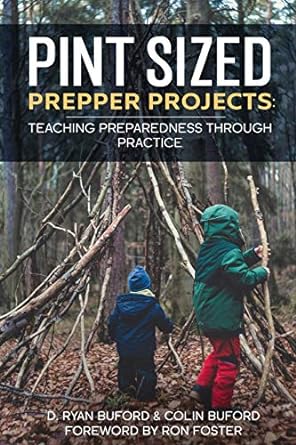How to: Pick Puffball Mushrooms
Videos
A puffball is a member of any of several groups of fungi in the division Basidiomycota. The puffballs were previously treated as a taxonomic group called the Gasteromycetes or Gasteromycetidae, but they are now known to be a polyphyletic assemblage. The distinguishing feature of all puffballs is that they do not have an open cap with spore-bearing gills. Instead, spores are produced internally, in a spheroidal fruitbody called a gasterothecium (gasteroid ('stomach-like') basidiocarp). As the spores mature, they form a mass called a gleba in the centre of the fruitbody that is often of a distinctive color and texture.
While most puffballs are not poisonous, some often look similar to young agarics, especially the deadly Amanitas, such as the death cap or destroying angel mushrooms. It is for this reason that all puffballs gathered in mushroom hunting are cut in half lengthwise. Young puffballs in the edible stage, before maturation of the gleba, have undifferentiated white flesh within; whereas the gills of immature Amanita mushrooms can be seen if they are closely examined.
Puffball mushrooms on sale at a market in England
The giant puffball, Calvatia gigantea (earlier classified as Lycoperdon giganteum), reaches a foot (30 cm) or more in diameter, and is difficult to mistake for any other fungus. It has been estimated that a large specimen of this fungus when mature will produce around 7







